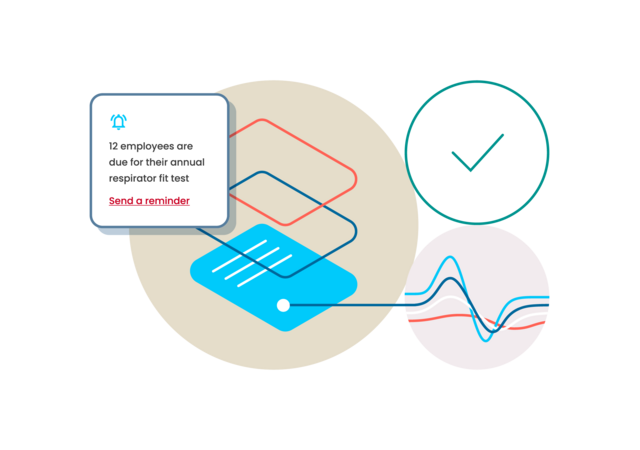The terms “incident management” and “safety management” are often confused. Though they are related, they are actually two different practices. Think of “incident management’ as reactive (what we do after an incident, injury or illness has occurred), while “safety management” is proactive (how we prevent incidents, injuries or illnesses from occurring and adversely affecting our operation). Effective safety management is more than just a written program binder that contains numerous policies, programs and procedures. It’s an organizational mindset that encourages early reporting and developing (and sustaining) a highly functioning safety culture. It is also a crucial piece for regulatory bodies and voluntary consensus standards (ISO 45001 especially). When it comes to incident reduction, organizations will find it difficult if they don’t have safety management practices (and the discipline) in place to keep hazards and risks at bay. A proactive, strong safety management system has several advantages in reducing incidents:
- Establishing practices and investing in people to identify potential hazards before they become incidents – Incident prevention, the most important focus of safety management, starts by proactively identifying potential issues. This can be done through observation and near-miss reporting, risk assessments, hazard analysis and audits. By identifying potential hazards early, steps can be taken to mitigate them before incidents occur. Organizations must invest in their people to properly identify potential hazards. If they lack awareness, you cannot rely on them to report. And if they aren’t reporting, then your culture of early reporting takes a hit, and your overall safety management systems become less effective.
- Creating avenues that encourage employee engagement – If your organization does not have broad employee participation, your programs and efforts will fail. Best-in-class safety organizations have numerous ways for employees to engage and participate in the safety management process while developing them to become internal subject matter experts. A hyper-hazard aware employee-base that can identify and report potential hazards put the organization in a very good position to realize success in aggressive incident reduction efforts. Formalized safety training and education is a start, but not the end. Incorporate learning events, such as hazard workshops and other continuous improvement activities. If employees feel like they have successfully contributed to improving a process or mitigating a potential hazard, they will ultimately buy into, follow and enforce that solution.
- Implementing practices and technology to monitor exposures – In many cases, risks and hazards (including health hazards) cannot be transferred or engineered out of a process. It falls on organizational leadership, management and safety professionals to effectively manage loss exposures. For some, this is a huge undertaking, and given the seriousness of potential employee health and safety, systems need to be developed and implemented to make this a success. More and more, organizations are turning to various technology options to support employee surveillance programs to help ensure that those subjected to potential injuries and illnesses are closely monitored (respiratory protection, immunizations, hearing conservation, etc.). Technology utilization (software, monitoring devices, etc.) should be viewed as an investment, not a cost, that pays off when it comes to increasing the health and safety of workplace environment.
- Strengthening organizational culture – Without a strong safety culture, your employee health and safety efforts will never succeed, and your safety management system will render ineffective. The brunt of establishing, promoting and sustaining a strong safety culture rests on leadership’s shoulders. Expectations must be conveyed, and objectives should be clear. Management must effectively coach those charged with supervising and be the consummate professional by demonstrating safety all the time. This sets expectations for all employees, regardless of job title, to prioritize safety in their daily work activities and environments. In other words, safety culture is not a practice — it’s a mindset.
- Reducing incidents – By addressing potential hazards proactively, a safety management system can significantly reduce incidents. This creates a safer work environment for employees and reduces costs associated with incidents such as increased workers' compensation costs/premiums, loss of productivity, additional downtime, loss of experience and increased training costs.
Overall, a proactive safety management system is critical in reducing incidents by identifying potential hazards early, encouraging employee engagement, utilization of practices and technology, strengthening organizational culture and creating a safer work environment.
Get connected with our sales team
Thanks for your interest in our products and services. Let's collect some information so we can connect you with the right person.




